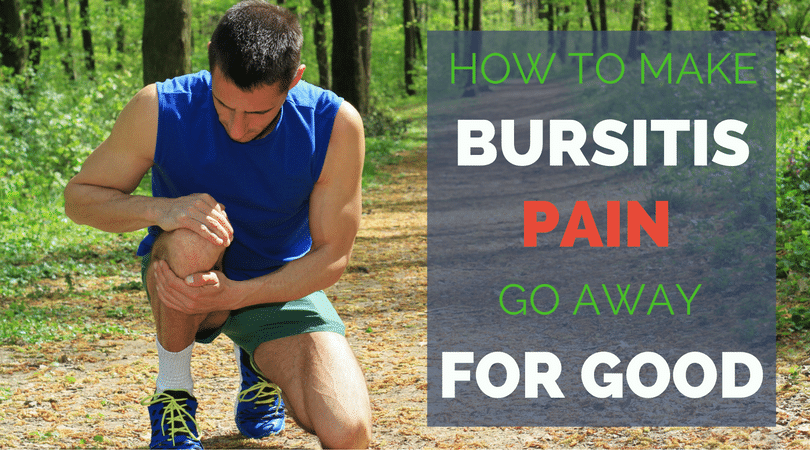
Pes anserine bursa swelling. When you sleep try not to lie on the side with the inflamed knee. Runners can develop pain and inflammation in the pes anserine bursa situated on the inner side of your knee below the joint. The most common symptom of pes anserine bursitis is pain and tenderness on the inner side of the knee. When the pes anserine bursa is inflamed there will often be some swelling and redness over the area.
To avoid knee bursitis or prevent its recurrence. Rest is probably the first thing you should try. Pes anserine bursitis also known as intertendinous bursa is an inflammatory condition of bursa of the conjoined insertion of the sartorius gracilis and semitendinosus. We can locate this at the proximal medial aspect of the knee two inches below the medial knee joint line between the pes anserinus tendons.
Inflammation of the anserine bursa has been attributed to excess valgus or rotatory stress causing increased friction and contusion of the bursa. Symptoms of pes anserine bursitis 1. 5 best bursitis knee brace for inflammation swelling powerlix knee compression sleeve bodyprox knee brace stabilizers patella gel pads uflex athletics knee compression sleeve vive knee coldhot gel compression brace comfilife knee ice pack with wrap. Surgery is rare in this medical condition.
Pes anserine bursitis is an inflammation of the bursa located between the shinbone tibia and three tendons of the hamstring muscle at the inside of the knee. This may ease the swelling. The pain often radiates to the back and inside of the thigh. Prop up the sore knee while you rest on the couch.
Pes anserine bursitis symptoms pain tenderness and swelling if you suffer from bursitis in your pes anserine bursa you will feel pain or tenderness over your tibia approximately 2 3 inches below the patella or kneecap. Pes anserine bursitis affecting the inner side of your knee below the joint often occurs in obese women with osteoarthritis. However the problem requires immediate attention as it may cause severe pain and restrict the movement of the affected person. It occurs when the bursa becomes irritated and produces too much fluid which causes it to swell and put pressure on the adjacent parts of the knee.
If it hurts dont force it all types of injuries require a. 4 chronic pes anserine bursitis is often reported.
SHARE THIS PAGE!